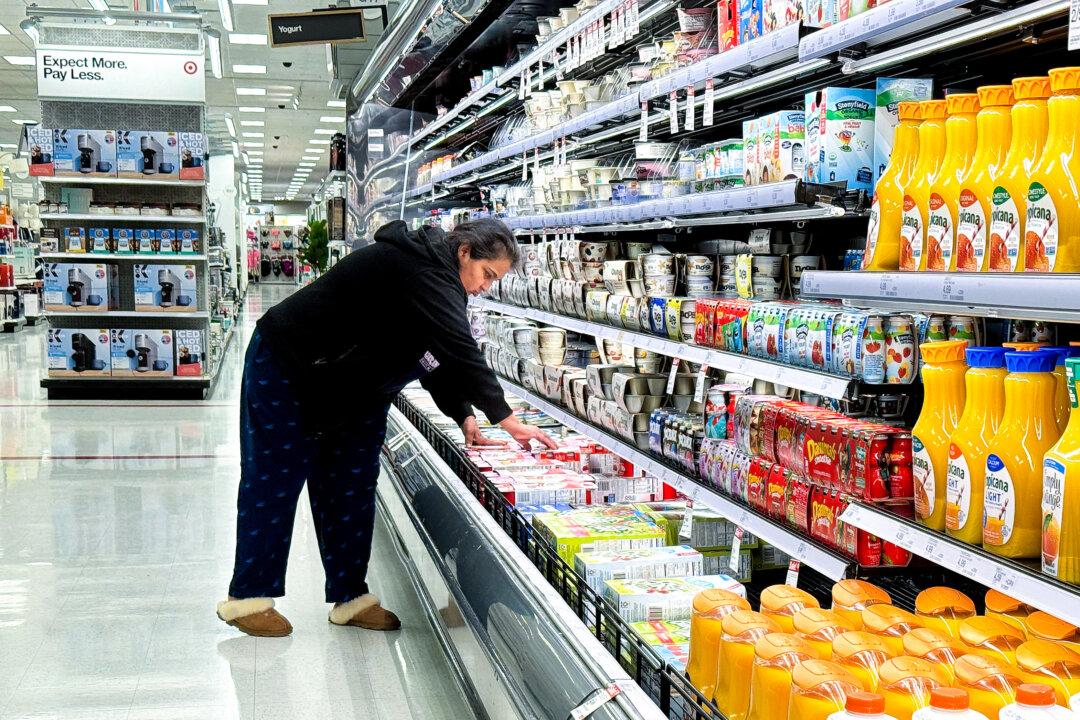In April, the annual inflation rate experienced a slight decline according to data from the Bureau of Labor Statistics. Despite ongoing price pressures from housing and gasoline in the latest inflation report, investors remain hopeful for potential interest rate cuts by the Federal Reserve in the near future. The consumer price index saw a decrease to 3.4% in April, down from 3.5% in March. This was in line with market estimates and fell short of consensus expectations of 0.4. On a month-over-month basis, the core CPI increased by 0.3%, which was also lower than the previous month’s 0.4% rise.
Core inflation, which excludes volatile food and energy components, experienced a slight easing to 3.6%, down from 3.8%, aligning with economists’ expectations. On a monthly basis, the core CPI experienced an increase of 0.3%, also in line with market projections but lower than the previous month’s 0.4% rise.
According to U.S. government data, energy and shelter costs were the main contributors to the monthly inflation increase. The energy index increased by 1.1%, with gasoline prices rising by 2.8% and fuel oil prices climbing by 0.9. Despite crude futures easing in recent weeks, oil prices remain elevated, with U.S. crude up over 10% year-to-date at nearly $79 a barrel and Brent Crude, the international benchmark for oil prices, increasing by close to 8% so far this year, hovering around $83 per barrel.
Shelter costs increased by 0.4% from March to April, representing an annual rise of 5.5. Shelter expenses, which contribute about one-third to the CPI, have defied expectations for more than a year as economists and monetary policymakers had forecasted lower prices. Federal Reserve Chairman Jerome Powell explained that the CPI data is still taking time to reflect a cooling rental market, emphasizing that he is confident that shelter costs will decline but admitted uncertainty about the timing of such a decline.
The food index remained unchanged on a monthly basis as food prices fell by 0.2%, while the “food away from home” category rose by 0.3. New vehicle prices dropped by 0.4%, used cars and trucks declined by 1.4%, and apparel surged by 1.2. Medical care commodities increased by 0.4%, transportation services increased by 0.9% and have risen more than 11% over the past 12 months, while medical care services also saw an increase of 0.4.
The latest CPI figures were released alongside data showing that wholesale prices grew at a higher-than-expected pace of 0.5% in March, which puts pressure on long-term inflation trends as the producer price index is often seen as a precursor to future data. U.S. Treasury yields fell across the board, with the benchmark 10-year yield shedding 7.4 basis points to 4.371%, while the 2-year yield slipped below 4.76% and the 30-year bond fell to 4.53. The U.S. Dollar Index also experienced a decline following the release of these reports.
Investors remain hopeful that the latest inflation data could keep Fed rate-cut expectations alive for September and December, which would require maintaining the federal funds rate in its current range between 5.25% and 5.50. However, some analysts believe that a rate hike should still be left on the table due to uncertainty around the economy’s trajectory. The next two-day policymaking Federal Open Market Committee meeting will take place on June 11 and 12.

